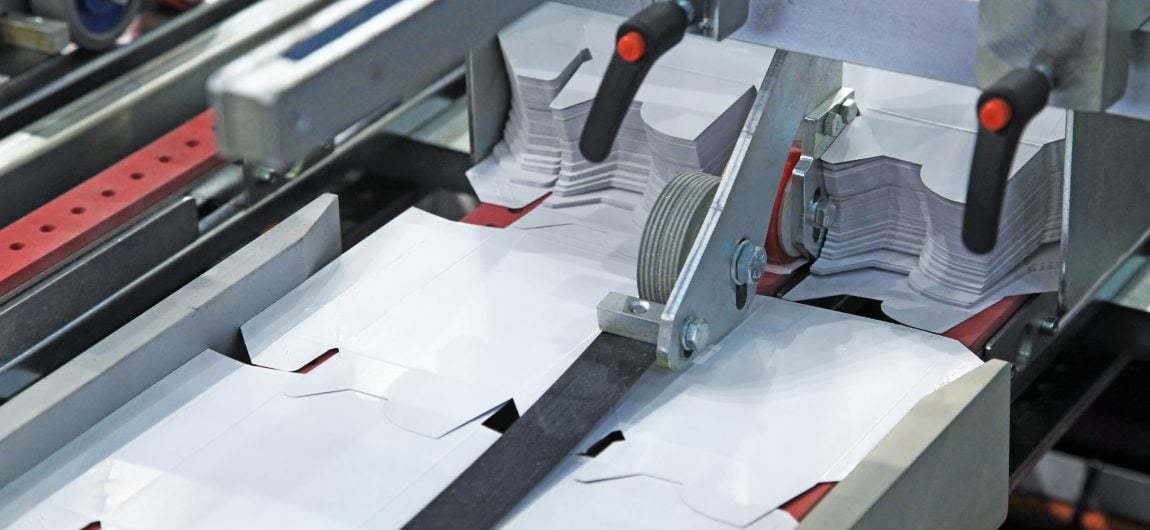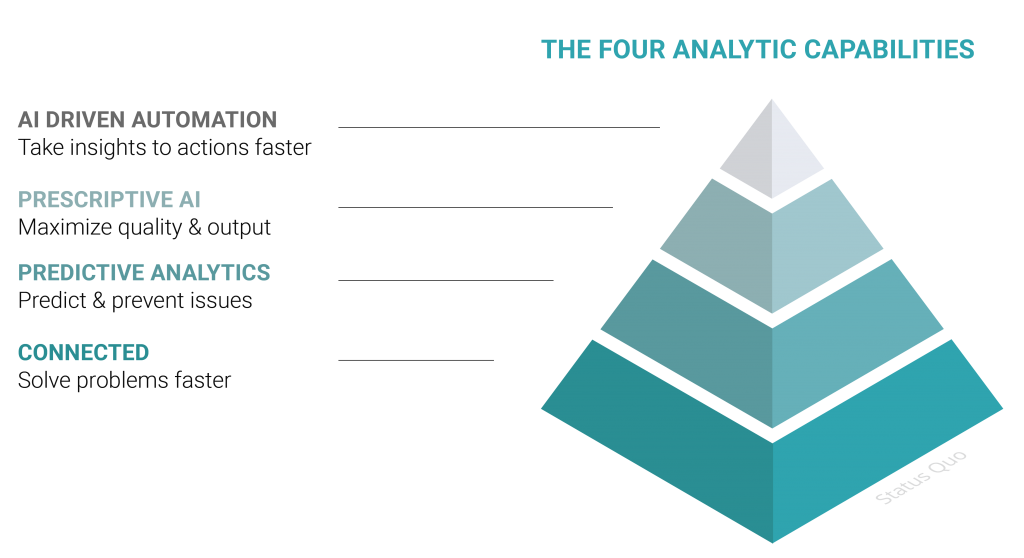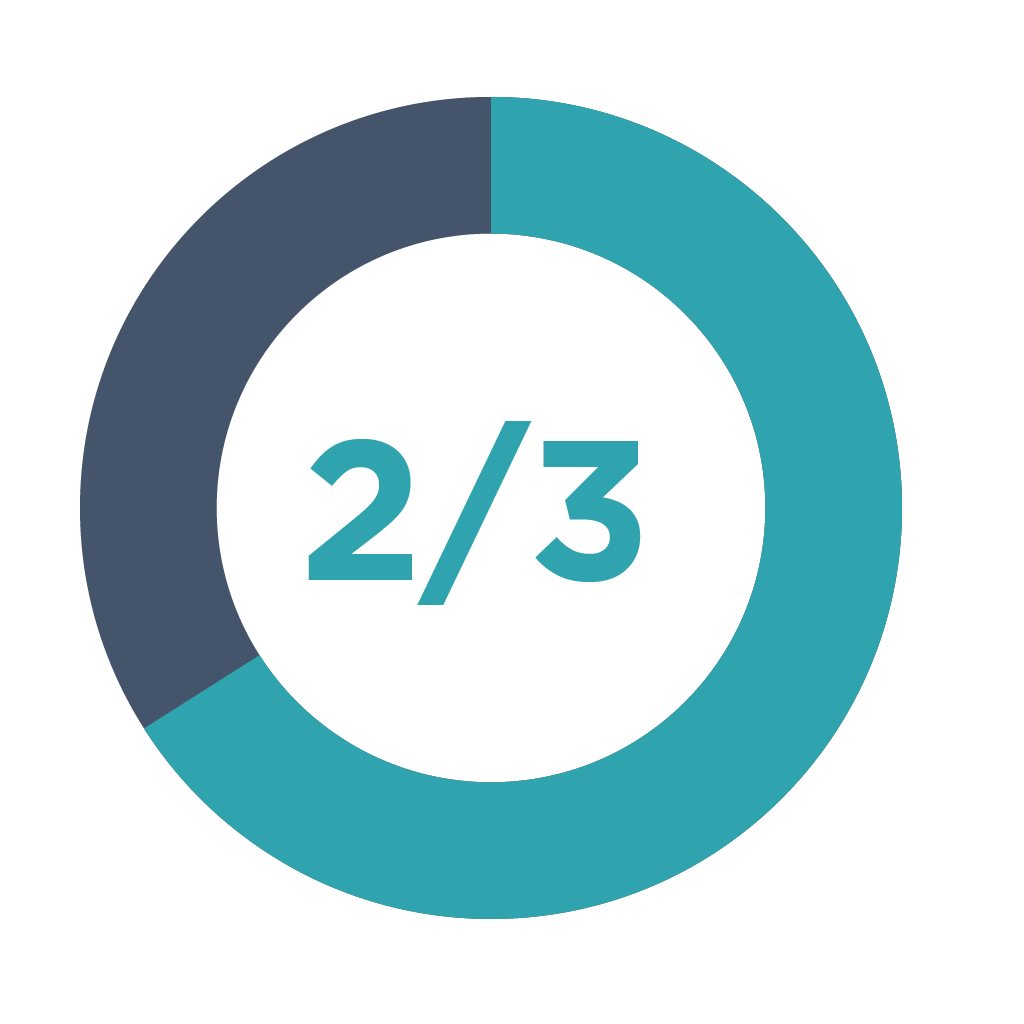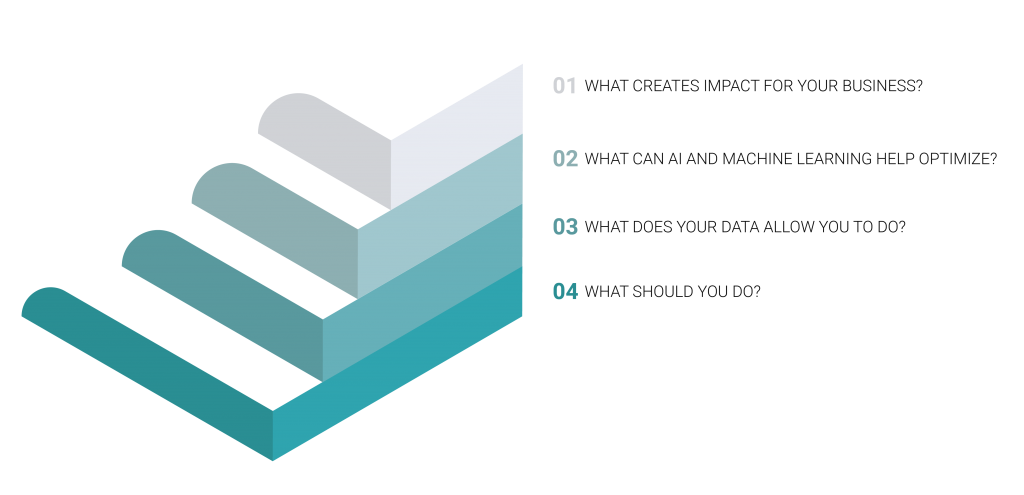
The nominal price of steel, for example, has increased by 167% since the turn of the century while energy costs have climbed more than 2.5 times their prices in 20001.
In order to be more efficient while managing tight margins, manufacturers have begun exploring digital transformation solutions such as Artificial Intelligence (AI) and Machine Learning (ML). These technologies help factories unlock previously hidden opportunities while helping solve problems faster than ever before. Getting started with these initiatives, however, remains a challenge.
In this eBook, we will explore the concept of Prescriptive AI: a data-driven process that helps manufacturers discover new ways to reduce costs and increase productivity.
You’ll learn the fundamentals of a digital transformation journey and the benefits of starting quickly to give you a competitive edge. Time is an asset you can’t get back, so it’s critical to start collecting valuable data today. We hope this eBook helps you gain a better understanding of how to get started.
Rising material costs and increased competition are threatening contribution margins while a rapidly digitizing world can quickly leave you obsolete.
As a result, manufacturers are turning to Industry 4.0 solutions to maximize efficiencies within the production cycle. The goal is to improve output, reduce waste, and increase overall productivity while making the organization more competitive and profitable in the long run.
IDC predicts that organizations worldwide will invest $5.9 trillion in Digital Transformation between 2018-2021, showing that technology plays a key role in enabling these objectives. ISA-95 standards were developed in the wake of growing industrial automation initiatives to provide guidelines for developing an automated interface between enterprise and control systems.
Business Systems (ERP & PLM)
Production Execution Systems (MES)
Process Monitoring Technologies (HMI-SCADA)
PLCs
Text Documents
Images
Video
Speech






Industrial AI technologies give you quick access to insightful recommendations that the human eye may otherwise miss, making your factory more efficient and maximizing contribution margins. AI examines how you’ve been making a product, then identifies the best sections of each run and uses those insights to generate optimal settings.
You’ll also benefit from a clearer understanding of key variables that inform your most efficient production conditions such as:
Materials


Recommendation engines make it easy for manufacturers to gain all the benefits of highlevel prescriptive analytics technology without the need to employ new internal expertise, such as hiring data scientists. All the work is done through an algorithm so there is no need for labor-intensive human analysis.
Once the success of each run no longer relies on a few individuals, you can achieve greater consistency and find solutions that go beyond the scope of human analytics and experience.

